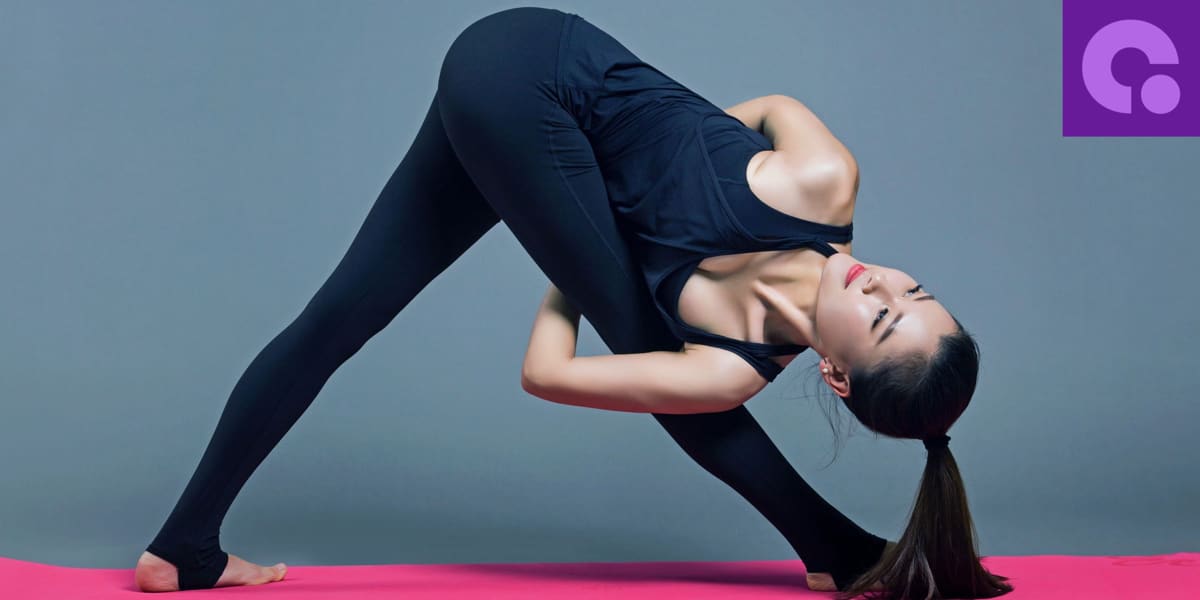Are you looking to improve your balance, strengthen your core, and find inner peace? Look no further than balancing yoga poses. These poses not only challenge your physical stability but also help you find mental equilibrium. In this article, we will explore the benefits of balancing yoga poses and provide you with some tips to master them. So, roll out your yoga mat and let’s get started!
1. What are Balancing Yoga Poses?
Balancing yoga poses are postures that require you to maintain stability and equilibrium while standing on one leg or using other body parts for support. These poses not only engage your muscles but also improve your focus and concentration. By practicing balancing poses, you can enhance your overall body awareness and coordination.
Here are some common balancing yoga poses:
| Yoga Pose | Description |
|---|---|
| Tree Pose (Vrksasana) | Balancing on one leg while placing the sole of the other foot against the inner thigh. |
| Warrior III (Virabhadrasana III) | Balancing on one leg while extending the other leg and torso parallel to the ground. |
| Eagle Pose (Garudasana) | Crossing one leg over the other and intertwining arms in a balanced, folded position. |
| Half Moon Pose (Ardha Chandrasana) | Balancing on one leg while extending the other leg and torso parallel to the ground. |
| Crow Pose (Bakasana) | Balancing on hands, leaning forward, and lifting feet off the ground with bent knees. |
| Side Plank (Vasisthasana) | Supporting the body on one arm and balancing on the sides of the feet in a plank position. |
| Handstand (Adho Mukha Vrksasana) | Balancing on hands while the body is inverted, supported by the strength of the arms. |
| Firefly Pose (Tittibhasana) | Balancing on hands with extended legs and body parallel to the ground. |
| Scale Pose (Tolasana) | Lifting the body off the ground, balancing on the hands with legs extended forward. |
These poses are excellent for improving balance, concentration, and overall strength. It’s important to practice these poses with proper alignment and gradually progress to maintain balance effectively.
However, balancing poses may vary in difficulty, so it’s advisable to start with easier poses and gradually advance as your balance and strength improve.
2. Benefits of Balancing Yoga Poses
Adding balancing yoga poses to your practice can bring about numerous physical and mental benefits. Here are some of the key advantages:
- Improved balance: Balancing poses challenge your stability and help you develop a stronger sense of balance.
- Stronger core muscles: Balancing requires engaging your core muscles, leading to a stronger and more stable core.
- Increased body awareness: Balancing poses require you to be fully present in your body, enhancing your overall body awareness.
- Enhanced focus and concentration: Balancing poses demand mental focus, helping you improve your concentration skills both on and off the mat.
- Improved posture: Regular practice of balancing poses can improve your posture by strengthening the muscles that support proper alignment.
3. Tips to Master Balancing Yoga Poses
While balancing yoga poses may seem challenging at first, with consistent practice and the following tips, you can master them:
- Start with a solid foundation: Begin by grounding yourself through your standing foot. Spread your toes wide and press them firmly into the mat.
- Engage your core: Activate your abdominal muscles to stabilize your torso and maintain balance.
- Find a focal point: Choose a point in front of you and fix your gaze on it. This will help you maintain focus and steady your balance.
- Use props for support: Don’t hesitate to use props like blocks or a wall for support until you build enough strength and stability.
- Practice regularly: Consistency is key. Set aside dedicated time to practice balancing poses and gradually increase the duration as you progress.
4. FAQs on Balancing Yoga Poses
Q: Are balancing yoga poses suitable for beginners?
A: Yes, balancing yoga poses can be practiced by beginners. Start with simpler poses and gradually work your way up to more challenging ones.
Q: Can balancing yoga poses help with posture correction?
A: Yes, regular practice of balancing poses can strengthen the muscles that support proper alignment, leading to improved posture.
Q: How long does it take to master balancing yoga poses?
A: The time it takes to master balancing poses varies for each individual. Consistent practice and patience are key to progress.
Q: Can balancing yoga poses help with stress relief?
A: Yes, balancing poses require focus and concentration, which can help calm the mind and reduce stress.
5. Conclusion
Congratulations! You are now equipped with the knowledge and tips to incorporate balancing yoga poses into your practice. Remember, balance is not just about physical stability, but also about finding harmony within yourself. So, keep practicing, stay focused, and enjoy the journey towards a balanced body and mind.
Fun Fact: Did you know that the tree pose, also known as Vrikshasana, is one of the most popular balancing yoga poses? It symbolizes strength, stability, and rootedness.
Originally posted 2023-07-14 21:39:39.



